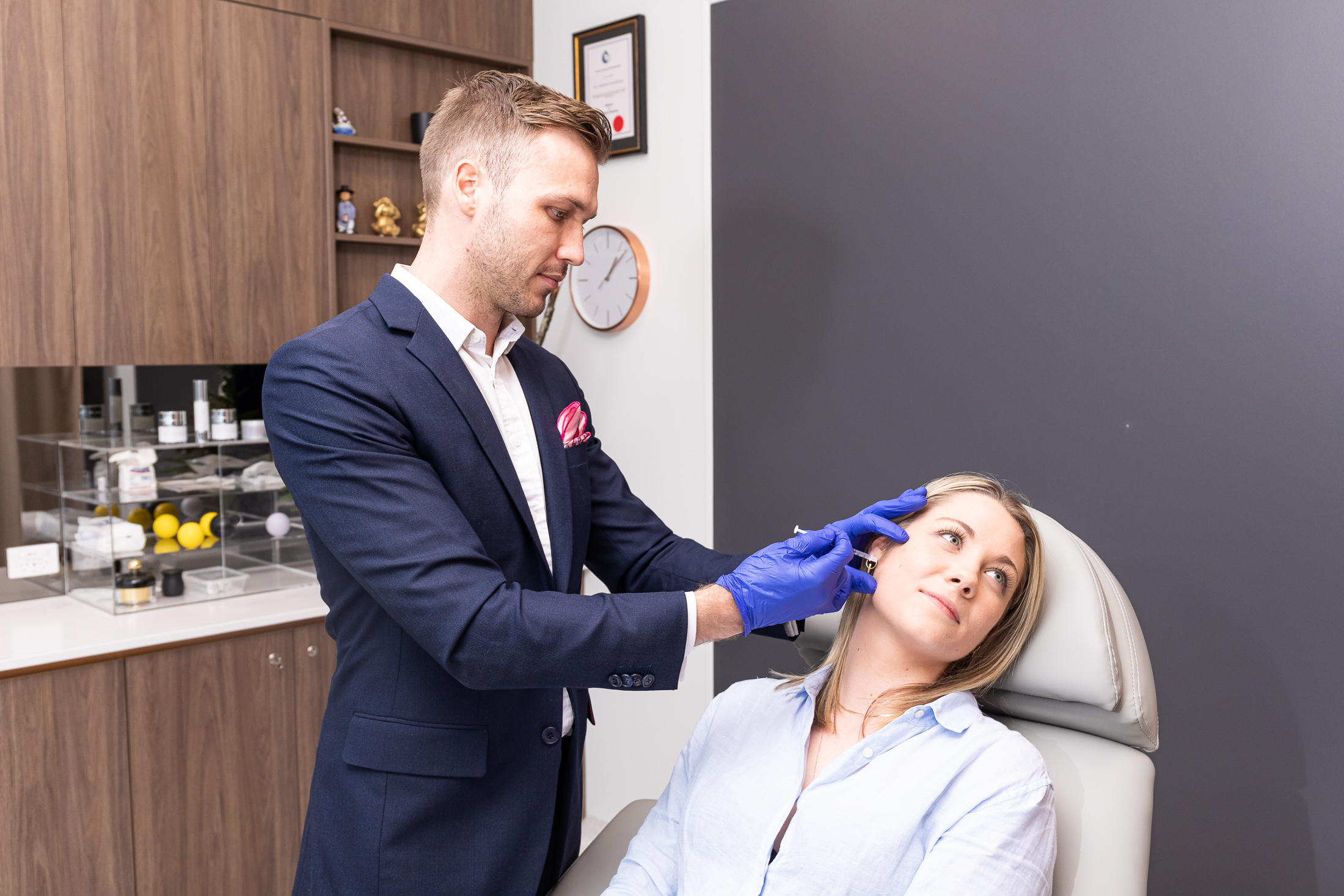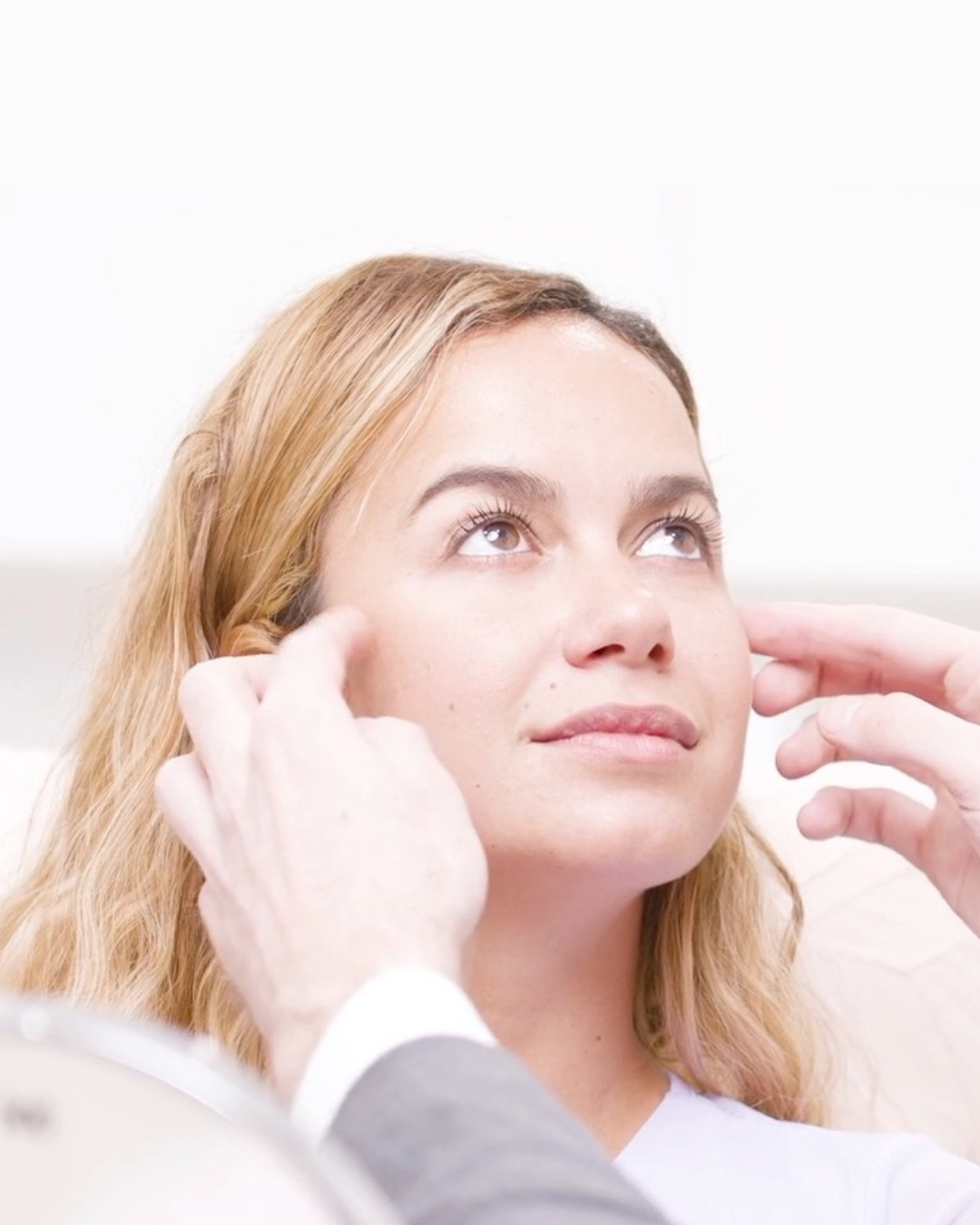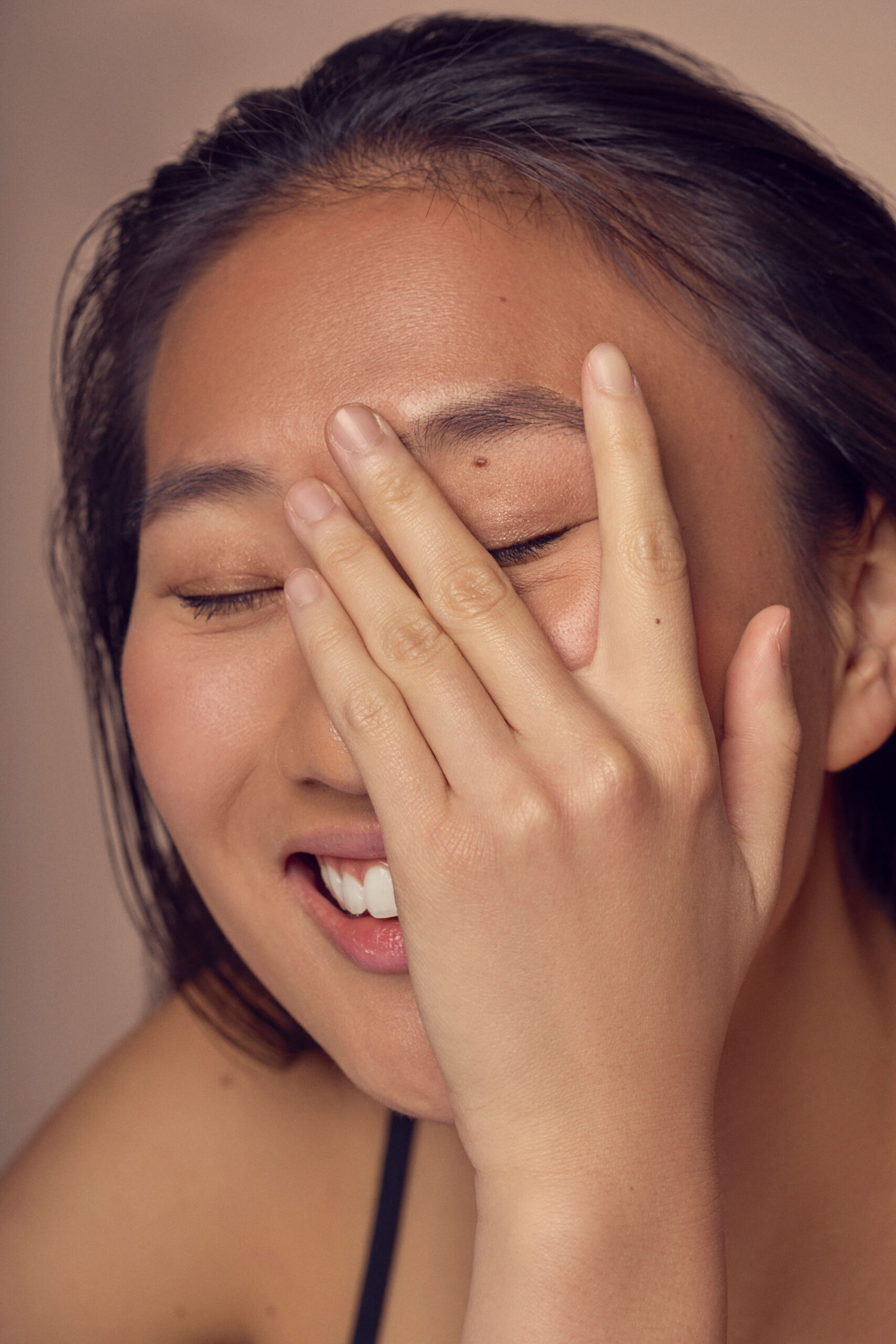Hyaluronidase is also known as ‘Hyalase’, ‘Hylenex’, and ‘filler dissolving’.
Waiting for Re-Treatment: A Guide to Post-Hyaluronidase Dermal Fillers
Hyaluronidase is a valuable tool for dissolving hyaluronic acid-based dermal fillers, allowing patients to reverse unwanted results or address complications. However, if you’re considering getting dermal fillers again after a hyaluronidase treatment, it’s essential to understand the appropriate waiting period.
Factors Affecting Re-Treatment Timing
Several factors influence the optimal waiting period before undergoing another dermal filler treatment after hyaluronidase:
Individual Response: Each person’s body reacts to hyaluronidase and dermal fillers differently. Some individuals may experience faster healing and recovery times than others.
Extent of Filler Dissolution: The amount of hyaluronic acid filler that was dissolved will also affect the healing process. Larger amounts may require a longer waiting period.
Desired Results: Your specific goals and treatment area for the subsequent dermal filler treatment will influence the timing.
General Recommendations
While individual circumstances may vary, here are some general guidelines for waiting before getting dermal fillers again after hyaluronidase:
Allow for Complete Healing: Give your skin ample time to fully recover from the hyaluronidase treatment. This typically takes 1-2 weeks.
Assess Swelling and Bruising: Ensure that any swelling or bruising from the hyaluronidase procedure has completely subsided before considering re-treatment.
Consult with Your Provider: Your medical provider can assess your individual situation and provide personalised advice on the appropriate waiting period.
Generally, most clinics advise waiting 2 weeks between dissolving and refilling.
Benefits of Waiting
Improved Results: Waiting for the skin to fully recover can enhance the precision of the new dermal filler treatment, leading to more natural and long-lasting results.
Informed Decision-Making: A longer waiting period can give you time to reflect on your desired outcome and make informed decisions about the type and placement of your new fillers.
Considerations for Re-Treatment
When considering re-treatment with dermal fillers after hyaluronidase, it’s important to:
Consult with a Qualified Provider: Seek advice from a qualified medical professional who can assess your individual needs and recommend the most appropriate treatment plan.
Discuss Your Goals: Clearly communicate your desired outcome to your provider, including any changes in your preferences since the initial treatment.
In Conclusion
The appropriate waiting period before getting dermal fillers again after hyaluronidase can vary depending on individual factors. It’s essential to prioritise healing and consult with a qualified medical professional for personalised advice. By following these guidelines, you can ensure optimal results and minimise the risk of complications.






